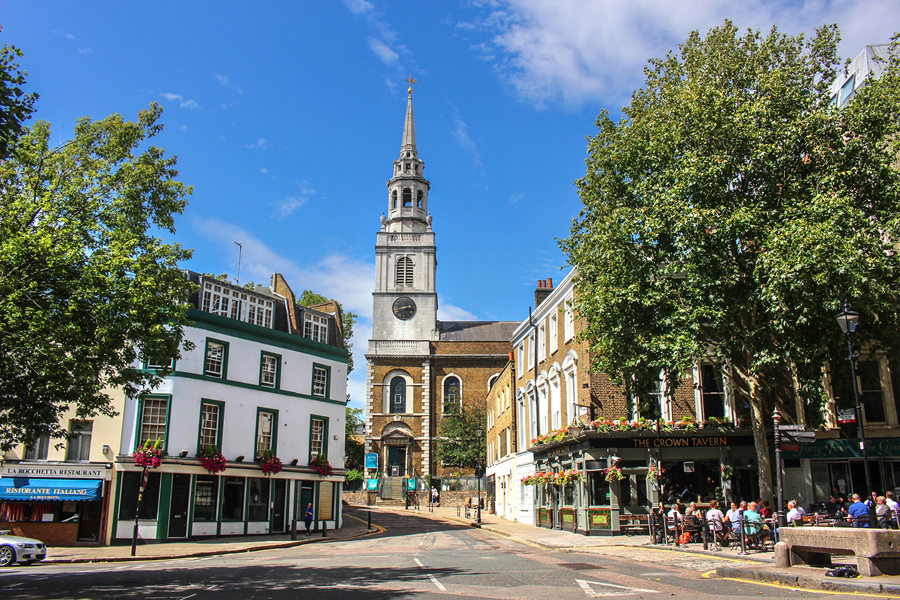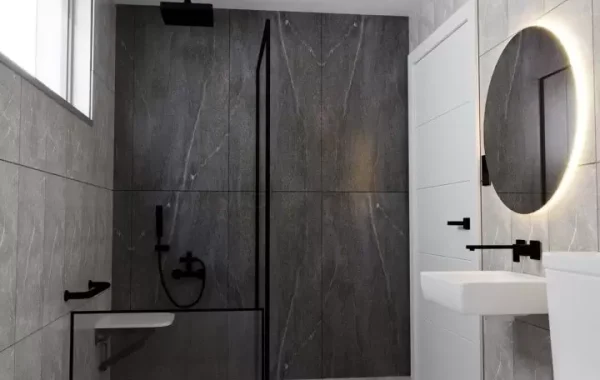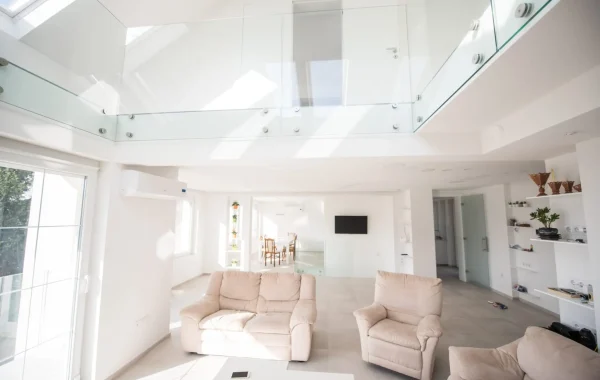Revitalizing Heritage: The Renaissance of Islington Clerkenwell Flat Conversions
In the heart of London, the borough of Islington stands as a testament to the city’s rich history and architectural diversity. Nestled within its vibrant streets, the neighborhood of Clerkenwell has become a focal point for a unique urban renewal trend—flat conversions. This innovative approach to revitalizing historic spaces not only preserves the charm of the past but also caters to the demands of modern living.
Clerkenwell, with its cobbled streets and historic buildings, has long been a hub of creativity, industry, and cultural exchange. The area boasts a fascinating tapestry of history, from medieval monastic origins to its industrial revolution prominence. The architectural heritage of Clerkenwell is particularly noteworthy, with Victorian warehouses, Georgian townhouses, and Edwardian factories contributing to the area’s distinctive character.
In recent years, a wave of urban regeneration has swept through Islington, and Clerkenwell has emerged as a focal point for innovative transformations. The preservation and adaptive reuse of historical buildings through flat conversions have become a hallmark of this renewal, breathing new life into structures that once stood as silent witnesses to the passage of time.
One of the key motivations behind Islington Clerkenwell’s flat conversions is the desire to preserve the rich historical fabric of the neighborhood. Unlike demolishing old structures, which erases a tangible link to the past, flat conversions allow for the retention of architectural features that tell stories of bygone eras.
Architects and developers in Islington have embraced the challenge of blending modern comforts with historic charm. Original brickwork, exposed beams, and soaring ceilings have been carefully integrated into the design of contemporary flats, creating homes that pay homage to the past while catering to the needs of 21st-century residents.
Beyond preserving history, flat conversions in Islington Clerkenwell contribute to sustainable urban living. By repurposing existing structures, developers reduce the environmental impact associated with new construction. This approach aligns with the growing global focus on sustainable urban development, recognizing the importance of minimizing waste and energy consumption.
Additionally, the adaptive reuse of historical buildings often incorporates energy-efficient technologies and sustainable design practices. From high-performance insulation to solar panels discreetly integrated into the architecture, these conversions demonstrate that preserving the past and embracing a sustainable future are not mutually exclusive goals.
The transformation of historic buildings into modern living spaces goes beyond bricks and mortar—it fosters a sense of community engagement. Islington Clerkenwell’s flat conversions often involve extensive community consultations, ensuring that local residents have a voice in shaping the evolution of their neighborhood.
Preservation groups, historians, and residents collaborate with architects and developers to strike a delicate balance between modernity and tradition. The result is a harmonious coexistence of the old and the new, where the community takes pride in its heritage while welcoming the amenities and conveniences that come with contemporary living.
While the trend of flat conversions in Islington Clerkenwell is widely celebrated, it also presents challenges. Striking the right balance between preservation and modernization requires a nuanced approach, and developers must navigate planning regulations to ensure the integrity of historical structures.
Moreover, there is an ongoing dialogue about affordable housing in these converted flats. As the popularity of living in such historically rich neighborhoods increases, concerns arise about the potential displacement of lower-income residents. Addressing these challenges requires a collaborative effort from policymakers, developers, and the community to create inclusive, sustainable urban spaces.
Islington Clerkenwell’s flat conversions stand as a shining example of how a neighborhood can embrace its history while evolving to meet the needs of contemporary urban life. The preservation of architectural heritage, coupled with sustainable development practices and community engagement, paints a picture of an innovative and inclusive approach to urban renewal.
As Islington continues to redefine itself through thoughtful and purposeful transformations, the rest of the world can look to this borough as a model for breathing new life into historical spaces. The legacy of Islington Clerkenwell’s flat conversions is not just in the buildings themselves but in the stories they tell, the communities they foster, and the harmonious blending of the past and the future in the ever-evolving tapestry of urban living.





